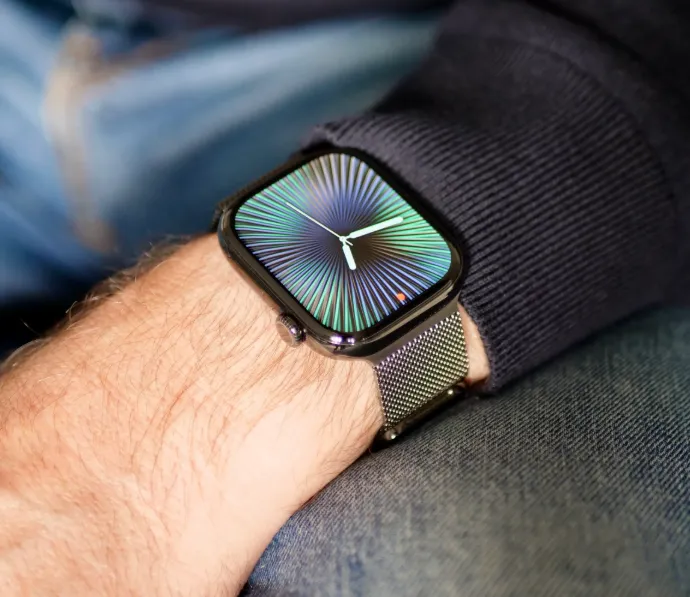The global smartwatch market continued to expand in early 2025, but Apple’s dominance showed signs of strain as rivals gained ground. According to Canalys, wearable shipments rose 13% year-over-year to 46.6 million units. While Apple maintained its position near the top, competitors offering lower prices and advanced health features managed to outpace its growth.
Xiaomi Takes the Lead
Xiaomi climbed to the number-one spot with 8.7 million units shipped, an impressive 44% increase compared to last year. Much of this success comes from its Redmi Band 5 and the broader adoption of HyperOS, which ties its devices together seamlessly. By focusing on affordability and targeting emerging markets, Xiaomi has managed to capture a massive share of the growing wearable audience.
Apple’s Premium Strategy
Apple shipped 7.6 million watches during the same quarter, a 5% rise that analysts say reflects its usual sales cycle tied to fall product launches. Instead of radical redesigns, Apple continues refining the user experience, highlighting secure health tracking and tight integration with the iPhone. With many potential customers already owning an Apple Watch, future growth may rely more on services like Fitness+ than on hardware sales alone.
Other Brands on the Rise
Huawei secured third place with 7.1 million shipments, boosted by the global rollout of its health platform. Samsung followed closely behind with 4.9 million units, achieving a striking 74% increase thanks to strong performance across both premium and budget categories. Garmin rounded out the top five with 1.8 million shipments, supported by the launch of a subscription model offering deeper health insights.
Shifting Toward Ecosystems
As hardware improvements become incremental, the battle is moving toward ecosystems and services. Xiaomi and Huawei are building integrated platforms that connect wearables with smartphones and health apps, while companies like Oura and Whoop are banking on subscription-based engagement.
For consumers, price, health monitoring, and battery life remain essential considerations. But increasingly, factors like data privacy, seamless integration, and access to exclusive services are defining the next stage of competition in the smartwatch market.
